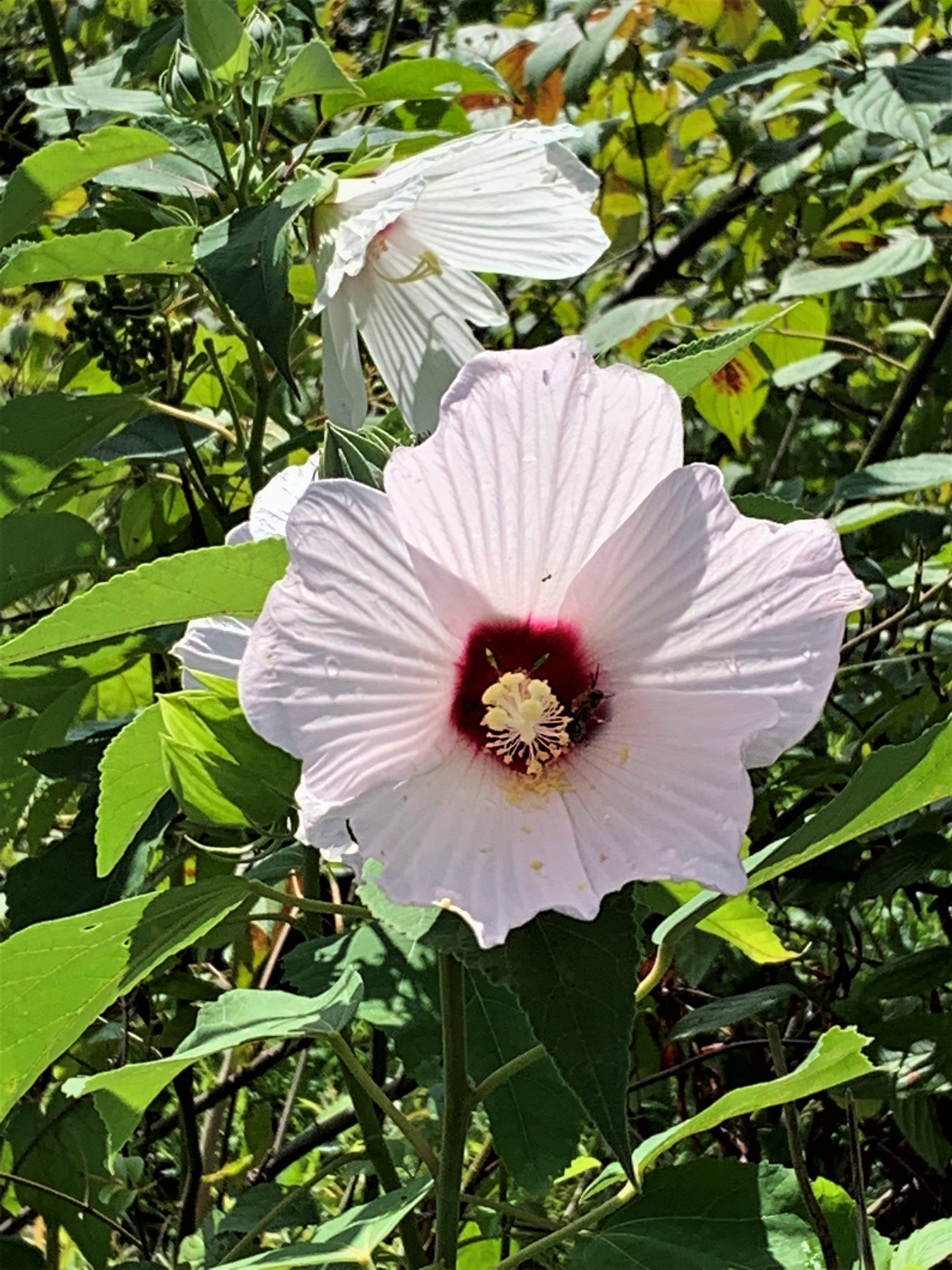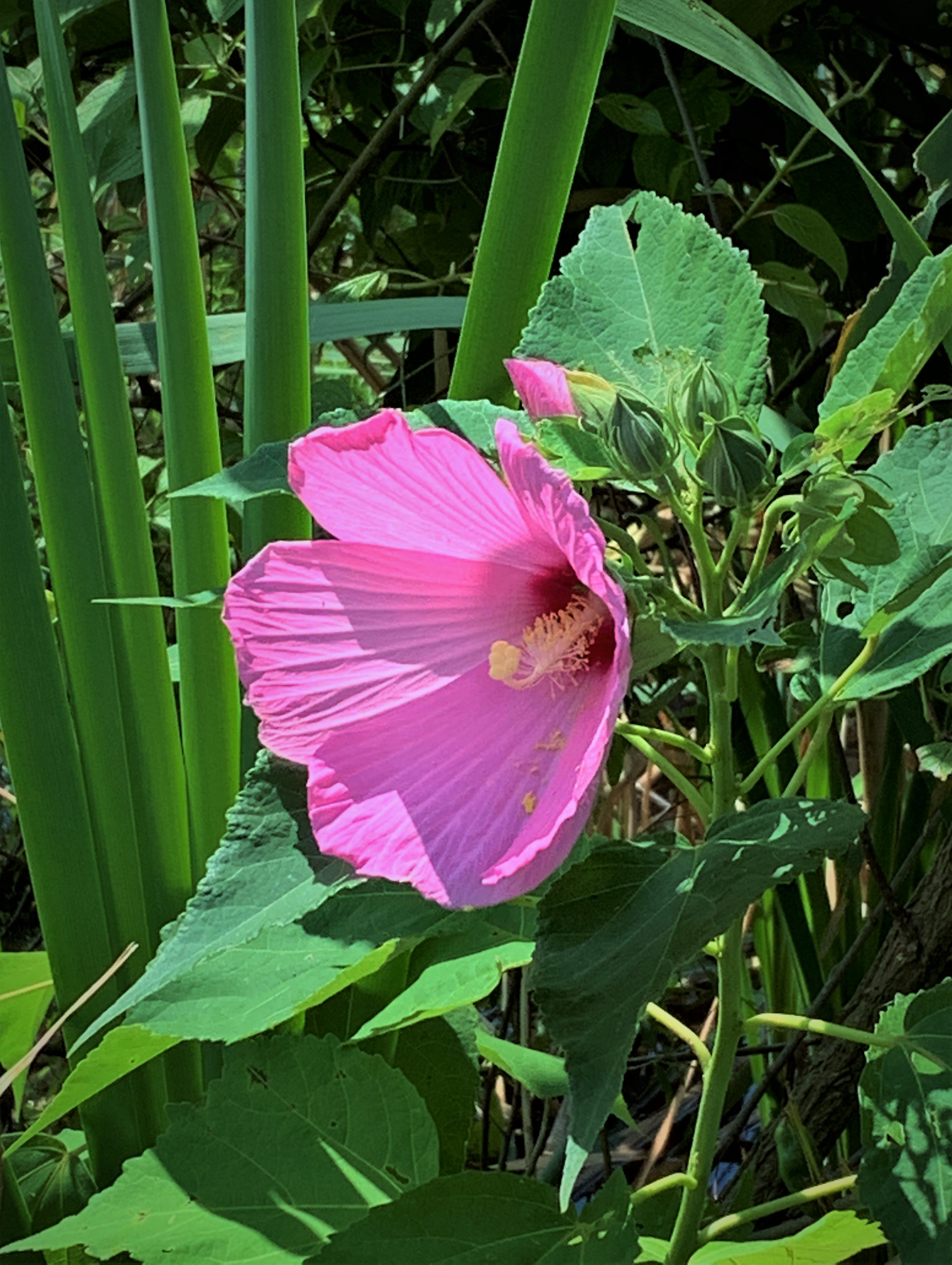After a short but scorching heatwave, rain brought us moisture and cool temperatures. The first cool days in August always remind me of my first month in the States—almost four decades ago.
Taipei’s winter was damp and chilly; summer humid and hot. One would not notice much about the spring if not because of the non-stop rain. Autumn was a season that we read about in books. Even though we celebrate it eating moon cakes.
I arrived in Cleveland, Ohio on August 9, 1983. Right away, I noticed that, even in mid-August, the average temperature was much tolerable in Northern America. Some nights, I needed a light blanket.
Before I fully settled in, three days in a row, the temperature stayed in the 70s. Although I did bring some heavier clothing, I was not supposed to need them so soon. For the first time in my life, I understood the expression “changing of seasons.”
Nothing prepared me for the brilliant foliage in the autumn; for the icy snow in the winter; and the rebirth of the earth in the spring. By the end of the following summer, my education on the four seasons was complete. With it, I had a new appreciation of the infinity of the universe and my own small place in it.



